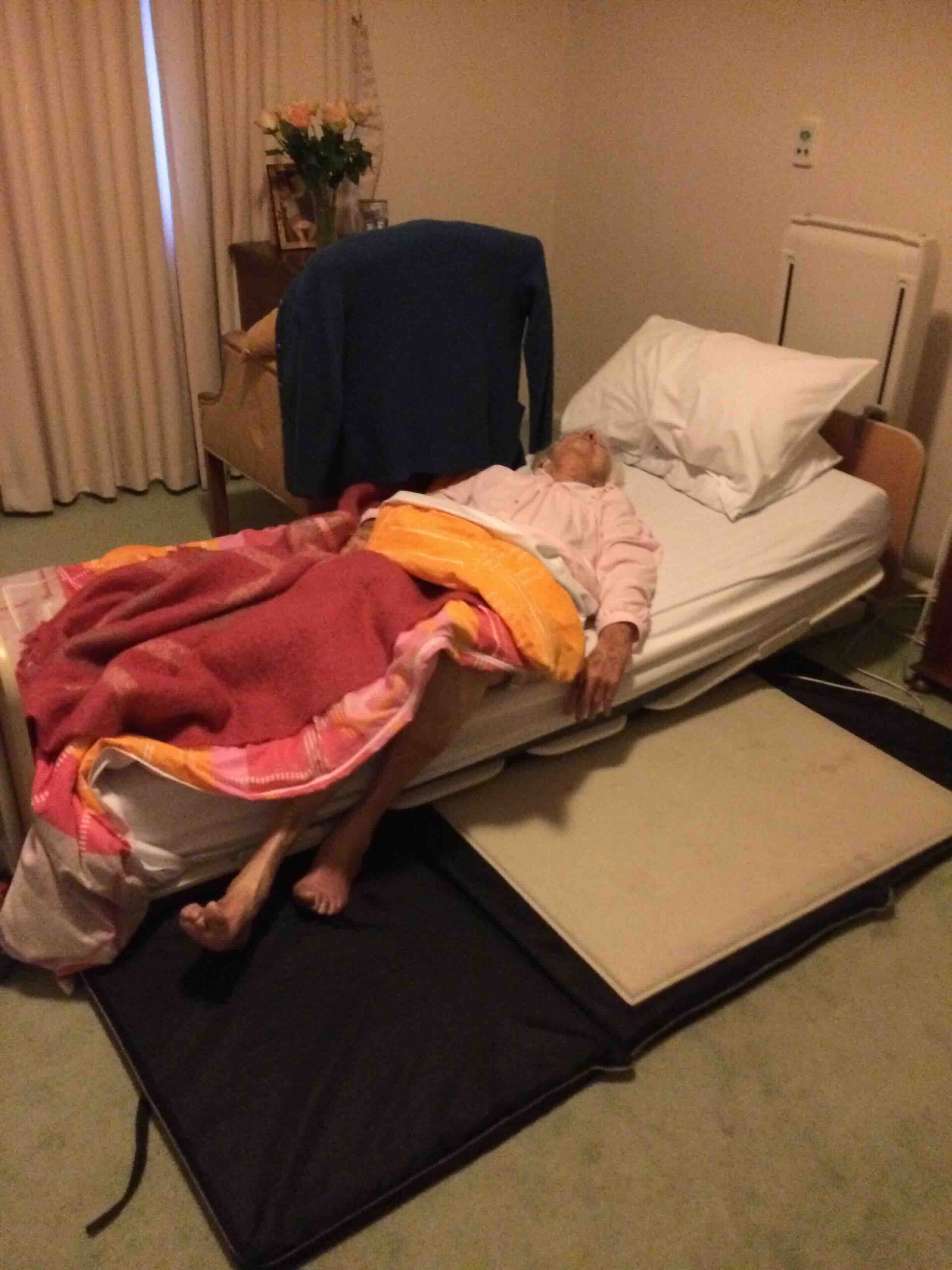The hyperbole used by politicians, bureaucrats and lobbyists to defend heartbreaking stories about inadequate personal care, neglect, abuse and negligence in aged care homes is staggering.
Consider this from the aged care minister in his media release announcing a national Aged Care Quality and Safety Commission. Ken Wyatt said the government recognised “the vast majority of providers give consistent, quality care to their residents.”
After the Oakden scandal, Sean Rooney, the chief executive of Leading Aged Services Australia, stated “the overwhelming majority of Australians in aged care and their families receive high quality care, support and services that meet the most stringent national standards”.
And then again from Kate Carnell and Ron Paterson in their Review of National Aged Care Quality Regulatory Processes: “Poor care in some facilities also risks undermining the efforts of the majority of residential aged care providers that are committed to providing good-quality services”.
Politicians, bureaucrats and providers frequently reassure us that the majority of aged care homes are “world-class”. However, there is no empirical evidence to support this claim. Their reassurances are simply marketing spin on steroids.
To be able to evaluate the proportion of aged care homes that provide high standards of care, researchers like myself need access to data. We need data on quality indicators such as pressure sores, medication errors, weight loss, falls, infection rates admissions to hospitals, staffing levels and training. However, these data are not publicly available.
Who decided that data on residents’ safety and wellbeing in aged care homes must be kept top secret? To answer this question, we need to go back more than 20 years when the Aged Care Act 1997 was drafted. John Howard’s Coalition government proved a turning point for aged care policy in Australia.
Under the Coalition’s Aged Care Act 1997, there was an increase in private investment. Private equity firms, new foreign investors, and superannuation and property real estate investment trusts entered the residential aged care market.
The dean and head of the University of South Australia’s law school Wendy Lacey has slammed the Aged Care Act, arguing that there is “a complete absence of any positive and mandatory legal obligation on the part of facilities to take proactive measures to promote mental health and wellbeing of their residents”.
Rather than tackle the disgracefully inadequate staffing requirements contained in the 1997 Aged Care Act, the government’s latest bureaucratic idea is to merge a number of agencies. The new Aged Care Quality and Safety Commission has been dubbed a “one-stop shop” to prevent failures and monitor and enforce quality standards. This initiative is like shifting the deckchairs on the Titanic.
Aged care homes require proactive initiatives to prevent inadequate personal care, neglect, abuse and negligence of residents. The only way to prevent failures is to ensure a sufficient number of trained staff are employed in aged care homes. Aged care homes also require kind and competent managers who create happy workplace cultures and welcome feedback from relatives.
While it’s not the only remedy, empirical evidence shows the value of mandating ratios in aged care homes. Staffing studies undertaken in the United States, Canada, United Kingdom, Germany, Norway and Sweden show that the ratio of registered nurses-to-residents has a positive impact on the standards of care in an aged care home. Wyatt ignores this empirical evidence.
When asked whether he would mandate staff ratios in aged care facilities, as is required in childcare centres, Wyatt said there wouldn’t be sufficient staff for small country towns or remote Aboriginal communities. This is disingenuous. The aged care minister is surely aware of workforce strategies in other sectors (including education and health) to recruit and retain qualified staff in remote areas. Similar strategies need to be developed for the aged care sector.
Wyatt added that mandated ratios in childcare have increased costs for families. This may be true. However, the government values the safety of children in childcare enough to mandate ratios. The government also values the safety of patients in hospitals to mandate ratios. Clearly the government does not value the safety of older people in aged care homes enough to mandate ratios.
The standards of care in aged care homes are a human rights issue. The only way to ensure higher standards of care is for the government to go back to the drawing board and rewrite the Aged Care Act from scratch. This time, the government needs to work not only with providers, but also staff, residents and their families. We need legislation that ensures the highest possible standards of care in all aged care homes.
First published in The Guardian 0n 20 April 2018
